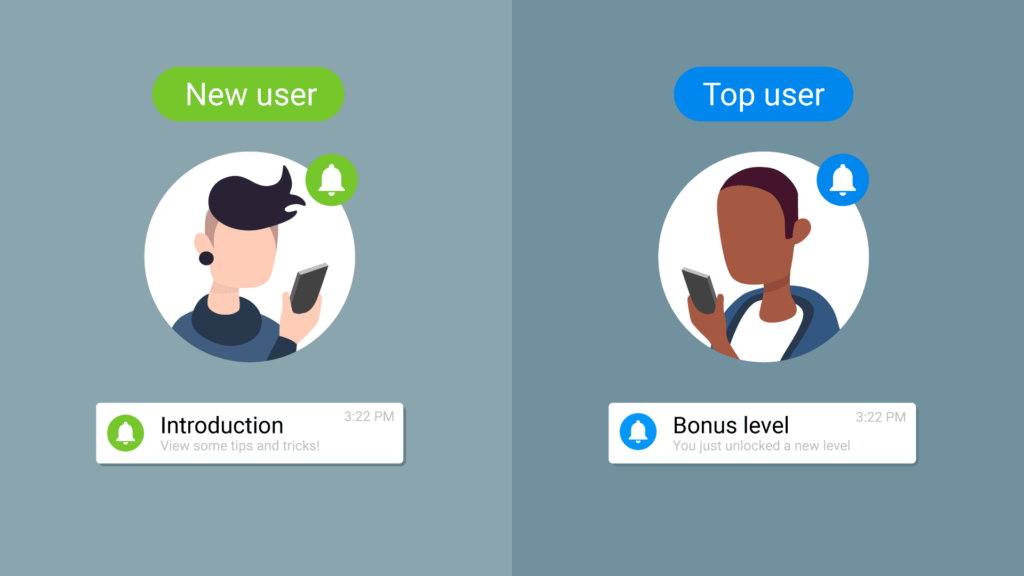
Introduction:
In today’s digital landscape, user engagement and experience are key factors in the success of any mobile app. One effective way to enhance these aspects is through in-app messaging. In this blog post, we will explore what in-app messaging is and how it can benefit your marketing team by providing crisp, clear, and easily understandable insights.
Understanding In-App Messaging:
In-app messaging refers to the practice of sending targeted messages or notifications directly within a mobile app.
- These messages are displayed while users are actively engaging with the app, ensuring high visibility and timely communication.
- In-app messages can be used for various purposes including onboarding new users, delivering personalized offers or recommendations based on their behavior or preferences,and notifying them about important updates or events.
Benefits of Implementing In-App Messaging:
Enhanced User Engagement:
In-app messaging allows you to interact with users at critical moments within the app journey,resulting in increased engagement levels.
- Welcome new users with informative messages that guide them through key features,to ensure a smooth onboarding process
- Send personalized recommendations based on their past interactions,purchasing history,demographics etc.,to drive further engagement
- Encourage specific actions like completing profile setups,making purchases,writing reviews etc.,by providing relevant prompts
- Improved User Experience:
Delivering valuable information directly within an app enhances the overall user experience.
- Provide real-time updates about order statuses,such as shipping confirmations or delivery tracking details,to keep users informed
- Notify customers about limited-time promotions,new product releases,event registrations,and other relevant news they would find interesting
- Offer proactive customer support by addressing frequently asked questions,troubleshooting tips,or offering live chat assistance when needed
- Personalized Communication:
Tailoring your messages according to each user’s unique characteristics helps create a more personal connection,bolstering engagement and loyalty.
- Leverage user data and segmentation to send messages that are relevant to specific groups or individuals
- Use dynamic fields (such as their name,purchase history,or location)to make the messages feel personalized and increase their impact
- A/B Testing and Iteration:
In-app messaging provides an opportunity for continuous improvement through A/B testing and iteration.
- Test different variations of your in-app messages (e.g.,copy,text placement,call-to-action buttons)to identify what resonates best with your users
- Analyze performance metrics such as click-through rates,time spent on app screens after receiving a message,and conversion rates,to optimize future campaigns
- Increased Monetization Opportunities:
In addition to enhancing user experience,in-app messaging can also drive revenue by promoting upsells,cross-sells,relevant offers,or exclusive deals directly within the app interface.
Conclusion:
Implementing in-app messaging is a powerful strategy that enables marketers to engage users at critical moments within a mobile app journey. By delivering targeted, timely, and personalized messages,you can enhance user engagement, enrich the overall user experience, and drive monetization opportunities. Remember to leverage A/B testing, data analysis, and customer segmentation techniques, to continuously iterate and improve upon your in-app messaging strategies. Embrace this approach today-and foster stronger connections with your app users while achieving marketing success!
